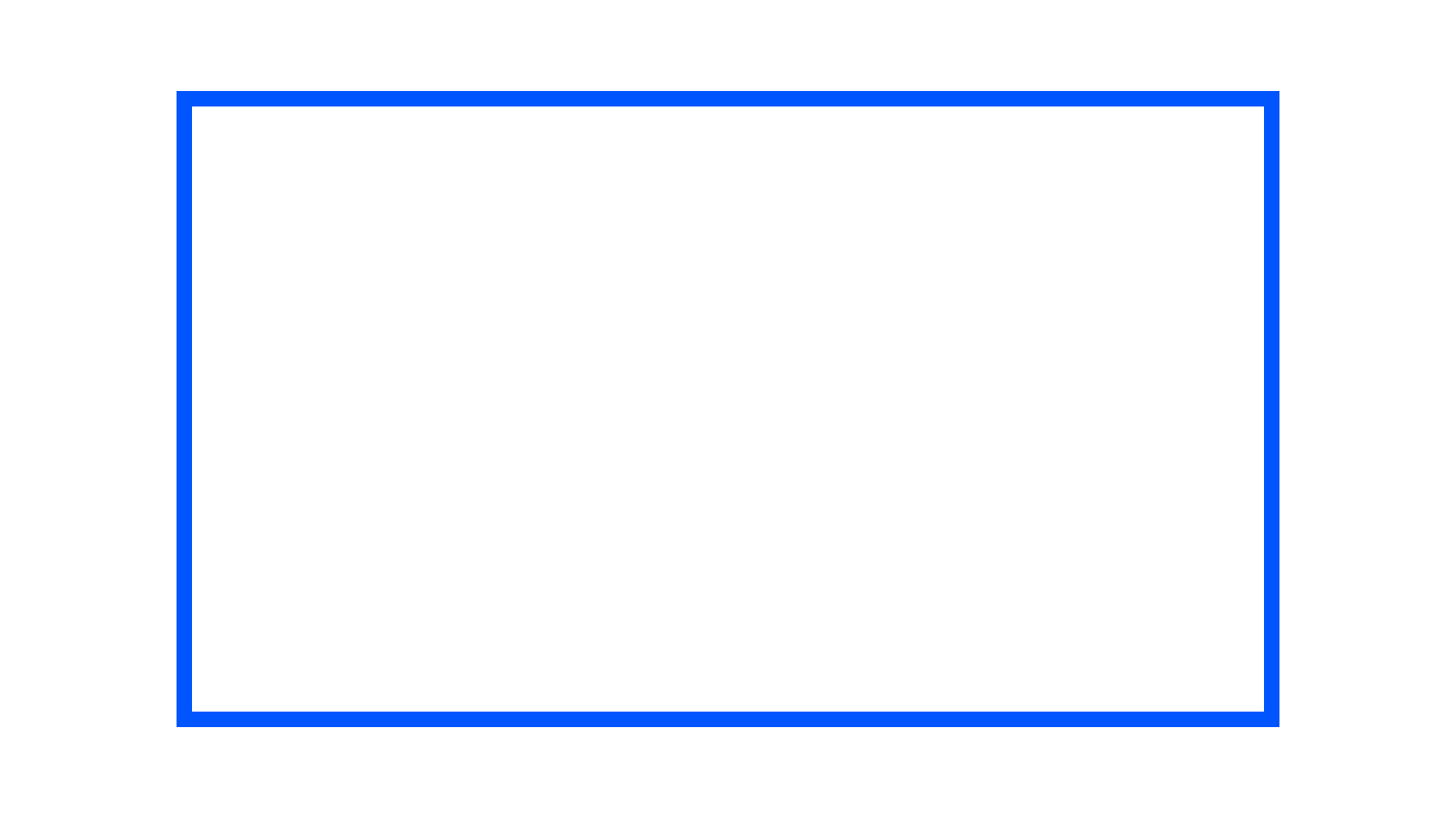

As a strategic brand practitioner and design advocate, I’m calling time on the clickbait cycle of "BEFORE + AFTER" branding posts that flood our feeds. You know the ones. Two logos or pieces of packaging, side by side. No context. No strategy. No credit. Just an open field for keyboard warriors to declare “they ruined it” or “this one’s better” based on nothing more than personal taste and a 2-second scroll.
It’s easy. It’s entertaining. It’s addictive.
But here’s the thing: it’s not helping. Not our clients, not our peers, and definitely not the future of our industry.
In fact, when design is reduced to a binary beauty contest, we all lose.
💔 What We Lose When We Oversimplify
Over the past year, I’ve watched this format rise with TikTok-level virality. But design is not a dance trend—it’s a discipline. One rooted in research, consumer behaviour, strategic thinking, stakeholder complexity, and rigorous creative development.
And yet, every day I see talented teams’ work dissected in public forums and often without permission, without insight, and without understanding. Projects that took months—sometimes years—to execute are reduced to pixels on a post and voted on like they’re entries in a high school popularity contest.
🚫 Let’s Call Time on These Behaviours
Here’s what we need less of in our professional feeds:
➡️ 1. "Before & After" critiques without context
Unless you’ve worked on the project or been briefed by the brand, making assumptions about the rationale is speculative at best—and disrespectful at worst.
➡️ 2. Surface-level judgments on aesthetics
Design is more than logos and colour palettes. It’s how brands behave, communicate, and deliver value. Focus on that.
➡️ 3. Comment sections full of disdain
When hot takes turn into hate, we cross a line. That’s not critique, its that’s bullying with emojis.
➡️ 4. Shaming design decisions
If we want to be taken seriously as a profession, we must act with the same integrity we expect from others. Critique with care. Challenge with insight. And when in doubt, don’t assume, ask.
🎤 Why This Matters (A Lot)
Design is a powerful tool for social, environmental, and economic change. It deserves our best thinking, not our fastest reactions. It deserves debate, but the kind that elevates, not degrades.
I’m not asking for toxic positivity or rainbows on every post.
I’m asking for integrity, insight, and a bit more pause before we post.
Because if the only way to build a profile is to break someone else’s down, we’re building on shaky ground. And if our industry becomes driven by likes instead of logic, we’ll have no leg to stand on when we advocate for strategic value at the executive table.
✅ Here’s What to Do Instead
Want to be seen, heard, and respected in design and brand circles? Try this instead:
➡️ 1. Post with purpose
If you love a rebrand (or question it), dig into the “why”. What’s changed? Who’s the audience? What’s the category doing? Get curious.
➡️ 2. Credit the creators
Tag the agency. Mention the designer. If you can’t find them, ask. Don’t reframe their work as your content.
➡️ 3. Add insight, not just opinion
What does the rebrand signal about culture? Consumer sentiment? Brand architecture? Lean into analysis, not aesthetics.
➡️ 4. Share your own work—transparently
By all means, use before-and-after in your case studies. But tell the full story. The brief. The process. The challenge. That’s where the value lies.
➡️ 5. Ask better questions
“I’m curious about…” is more powerful than “I hate this”. Invite dialogue, not dismissal.
➡️ 6. Sit with it for 24 hours
That hot take? Write it down. Sleep on it. If it still feels constructive in the morning—go for it. If it feels like a vent, maybe keep it in your notes.
We are all responsible for the tone and culture of our industry.
Let’s lead with purpose. Let’s build with integrity.
Let’s stop treating brand design like a TikTok trend—and start treating it like the powerful, professional discipline it is.